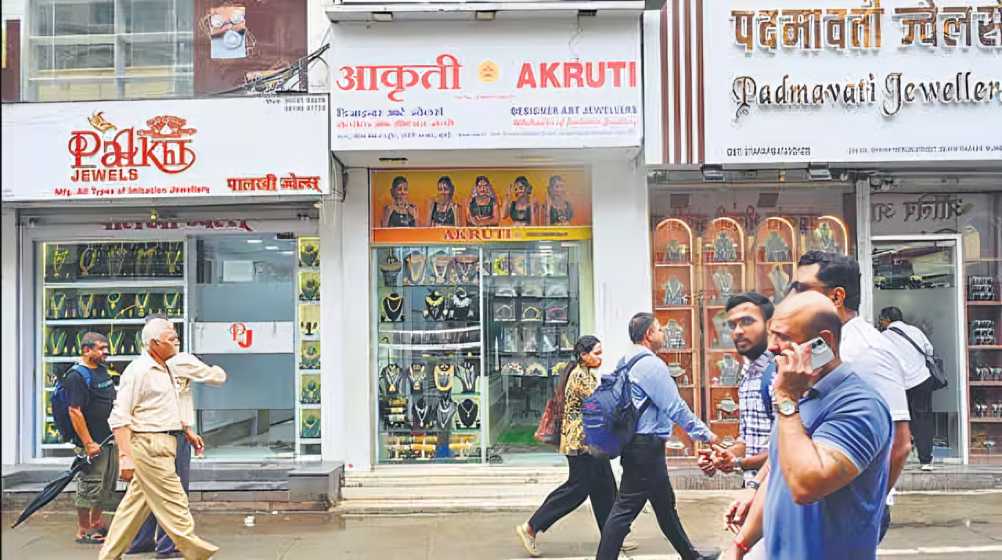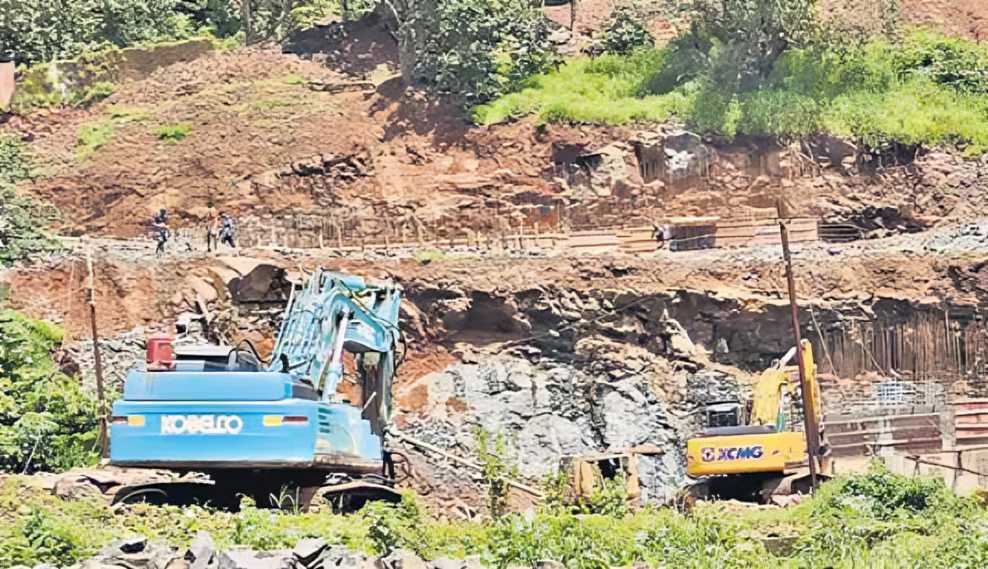July 17, 2025: In the dimly lit karkhanas scattered across Mumbai, jewellery making remains a labour-intensive craft—requiring 35 hands to shape a single pair of earrings, 23 for a bangle, and 28 for a decorative hair accessory. These handmade creations ultimately make their way to Bhuleshwar, the city’s oldest and most iconic imitation jewellery market. But now, this once-thriving trade is in decline, battered by time, global competition, and the onslaught of cheap Chinese imports.
According to local traders and manufacturers, low-cost Chinese jewellery, often imported under-declared, has severely disrupted the industry. “For over a decade, we’ve watched local units close as Chinese goods flood the market,” said Atul Dhanesha, president of The Imitation Jewellery Dealers and Manufacturers Association (TIJDMA), which represents 2,200 members.
Bhuleshwar, located just north of Crawford Market in South Mumbai, has long been a hub for imitation jewellery, alongside Zaveri Bazar and Bhoiwada. “Even Zaveri Bazar, once famed for gold, now mainly deals in imitation pieces. In Banian Gully, Pydhonie, around 600 shops operate,” Dhanesha added.
The industry once supported over 10 lakh workers across Mumbai’s urban slums and workshops. However, since 2022, approximately 5,400 manufacturing units have shut down. Dhanesha’s own business has seen a steep fall—from Rs 18–20 crore in turnover in 2021 to just Rs 6 crore today. “I used to employ 290 workers. Now, I barely retain 60,” he noted.
To revive the sector, 35 landlords and 72 buildings in Bhuleshwar have united to propose a cluster redevelopment model—aiming to convert the area into a world-class residential and commercial zone, dedicated to imitation jewellery and allied trades.
For Mumbai’s traditional craftsmen, this redevelopment offers not just survival, but hope for a modernised future in the city’s jewellery legacy.
Source: Mid- day





